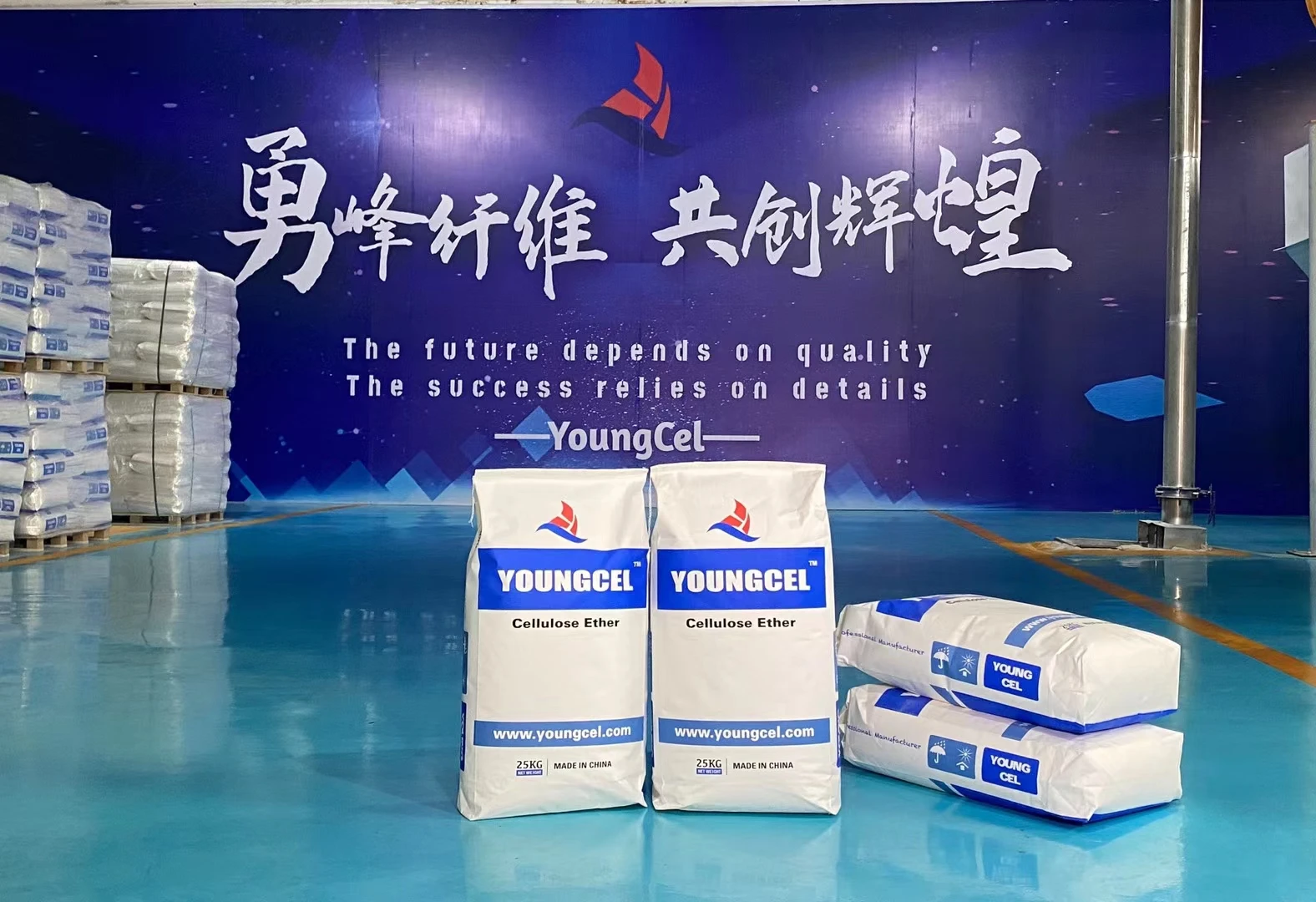Understanding Cellulose Binders in Modern Applications
Cellulose binders are essential components in various industrial and commercial applications due to their versatility and eco-friendliness. Derived from natural cellulose, which is a carbohydrate polymer found in the cell wall of plants, these binders offer an array of benefits, making them increasingly popular in sectors ranging from pharmaceuticals to food production.
Understanding Cellulose Binders in Modern Applications
In the pharmaceutical industry, cellulose binders play a crucial role in the formulation of tablets and capsules. They help in maintaining the integrity of the product during storage and ingestion while ensuring the active ingredients are evenly distributed. Hydroxypropyl methylcellulose (HPMC) and microcrystalline cellulose (MCC) are two common types of cellulose binders used in drug formulations. Their ability to provide controlled release of medications enhances patient compliance and therapeutic effectiveness.
cellulose binder

The use of cellulose binders extends to the food industry as well. They are utilized in products like sauces, dressings, and dietary supplements, where they serve as thickening and stabilizing agents. Their natural origins make them particularly appealing for health-conscious consumers who prefer items free from artificial additives. Moreover, cellulose binders contribute to the texture and mouthfeel of food products, improving sensory qualities and overall consumer satisfaction.
In construction and civil engineering, cellulose binders are gaining traction as additives in cement and concrete mixtures. They improve the workability and adhesion of these materials, ultimately enhancing the durability and lifespan of structures. The incorporation of cellulose-based materials also aligns with sustainability goals within the construction sector, offering a renewable resource that can reduce the reliance on traditional synthetic polymers.
Furthermore, cellulose binders are prominent in the production of personal care and cosmetic products. They help in formulating creams, lotions, and gels, allowing for better texture and stability. As consumers increasingly seek products with natural ingredients, the inclusion of cellulose binders addresses this demand while ensuring performance and efficacy.
In conclusion, cellulose binders offer a myriad of benefits across various industries. Their biodegradability, functionality, and versatility make them a preferred choice for manufacturers looking to develop environmentally friendly products. As technology and research advance, the applications of cellulose binders are likely to expand, solidifying their position as vital components in modern formulation and manufacturing processes.
-
Rdp Powder: Key Considerations for Wholesalers in the Building Materials IndustryNewsJul.08,2025
-
Key Considerations for Wholesalers: Navigating the World of Hpmc - Based ProductsNewsJul.08,2025
-
Hpmc Detergent: Key Considerations for WholesalersNewsJul.08,2025
-
Key Considerations for Wholesalers: China Hpmc For Tile Adhesive, Coating Additives, Concrete Additives, and MoreNewsJul.08,2025
-
Crucial Considerations for Wholesalers: Navigating the World of Construction MaterialsNewsJul.08,2025
-
Key Considerations for Wholesalers Sourcing Additive For Cement, Additive For Concrete, Additive For Putty from Additive Manufacturer Shijiazhuang Gaocheng District Yongfeng Cellulose Co., Ltd.NewsJul.08,2025




